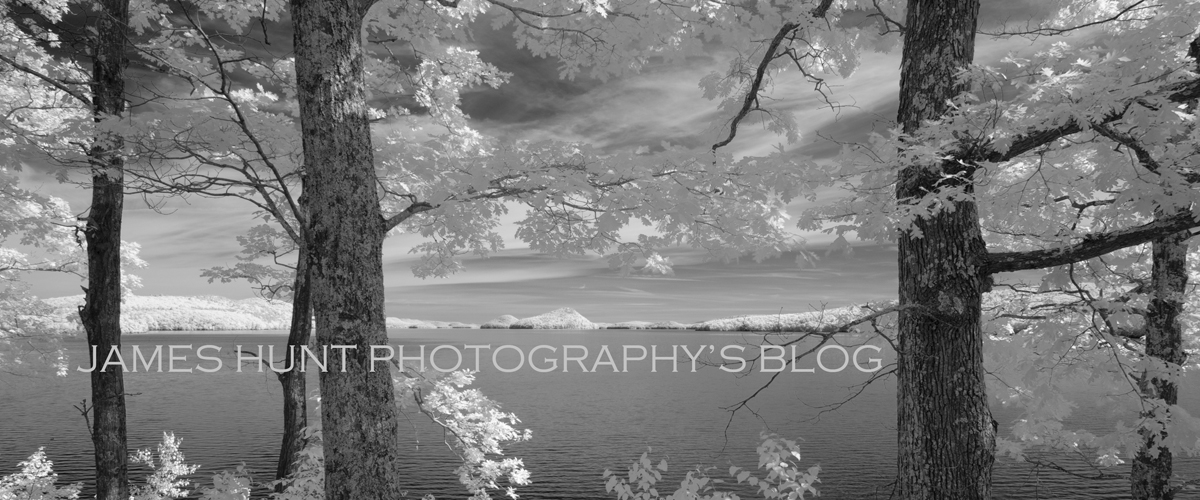Over the past year or so the Division of Conservation and Recreation in Massachusetts has been seeking public comment on a new vision for Massachusetts forests including the designation of State owned forest areas as either reserves, parklands and woodlands. You can read the draft criteria here. The classification scheme appears to be roughly based on the ideas presented in the Harvard Forest report, Wildlands and Woodlands.
Wildlands, those with minimal human intrusion, are described as “Reserves” in the draft guidelines. Reserves are on properties that conserve ecological and evolutionary processes, represent a major ecological setting in the Commonwealth, and have among other characteristics a low density of officially designated trails. The idea is that these properties will be left alone, as much as possible, so that biological events could unfold as they will. It’s interesting to contemplate what such properties will be like. Commercial logging would not be allowed. (Of note, sustainable commercial logging would be allowed on properties categorized as Parklands and Woodlands, much to the consternation of some stakeholders. We’ll explore that issue another time.) It is interesting to contemplate what such forests might be like. Obviously there will be several different varieties. Old growth forests in the Berkshires might be one. The Quabbin Reservoir might be another. The north and west sides of the Quabbin beginning around Gate 37 down to the teens.
We were able to revisit Gate 35 last week as some of the more out of the way entrances to the Quabbin Reservoir are now passable. (It looks to me like all are passable but some of the roads necessary to get to the various gates aren’t officially opened until April 15.) We were the only people there, at least that we could see, for the first hour or so of our stay. It is difficult to portray how powerful is the sense of being away from civilization even though it’s only a few minutes drive away. (Click on the images for a better view.)


That of course doesn’t mean that you’re alone.

Friendly otters are nice, but other prints really tell you that while you may be only a short drive from town, you really are on someone else’s turf.

Nothing like a fresh bear print to get the juices flowing. But that’s really the point perhaps. Wild is a relative concept. After all, this is still a reservoir, and a human constructed wilderness. Nevertheless, to protect the water, the forest has been allowed to evolve largely in a very unplanned fashion (some logging excepting). It is wild enough to make you feel that you’re separate from civilization for all the peace and anxiety that accompanying that sense of separation. Visually this comes to life as a sense of randomness broken up by the occasional pattern and sense of design.


Wildlands have value beyond their importance as an ecological and evolutionary resource. The experience of interacting with a wild place, an experience few have now, offers us an opportunity to think about the world in a very different way.
































